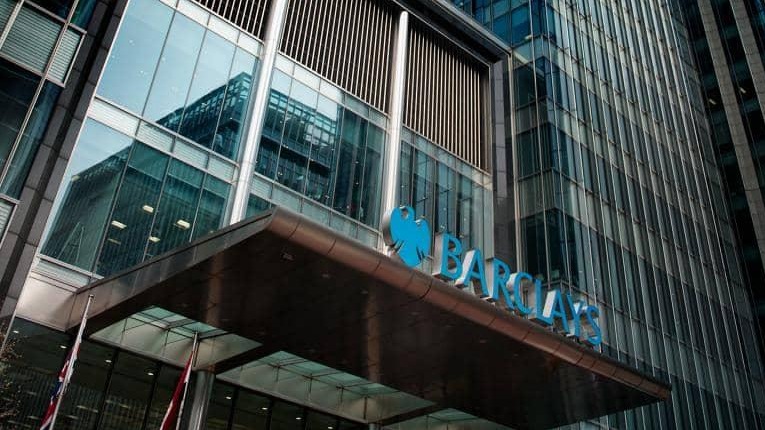Digital challenger banks in the UK are outperforming their incumbent counterparts when it comes to overall satisfaction, according to new research from FIS.
The study, which quizzed over 1,000 UK banking customers, found that 76 per cent of digital-first bank customers say they are ‘very satisfied’ with their banking relationships, compared to 69 per cent of those who bank with one of the top 50 global banks.
These direct banks also outperform established High Street banks on key performance metrics including privacy, security, problem solving and real-time payments. However, incumbent banks outdo their challenger rivals when it comes to providing easy-to-use digital payments – the payment mode of preference for younger consumers.
Findings showed that all generations except Baby Boomers turn to their mobile phones first when interacting with their bank; more than desktop PCs, ATMs or bank branches. This trend is led by young Millennials (18-26 years old), with 76 per cent of digital bank interactions conducted via mobile, while only 21 per cent prefer desktops/laptops. For Baby Boomers (those over the age of 53) however, desktops/laptops remain the preferred channel at 66 per cent.
When asked who they would trust more to provide a financial mobile app - a bank or technology provider - the majority (61 per cent) said bank. Of those who use one of the top 50 global banks, just four per cent said technology provider, which rose to 12 per cent for those using direct banks.
“This year’s findings show just how competitive the UK market has become,” noted Bruce Jennings, strategic development director at FIS. “Consumers are demanding ever-more consistent and convenient banking experiences, and it’s the mobile interface – not physical locations or even personnel – that are now the face of a bank.”
“This presents a clear advantage for the digital-first challenger banks that have entered the market in the wake of PSD2. For long-established banks, open banking provides an opportunity to leverage consumers’ favourable views of their security protocols and engage the right technology partners to add the ancillary products and services customers want,” he concluded.
Latest News
-
Santander Germany to cut 500 jobs and exit mortgage business
-
BNP Paribas launches Tap to Pay on iPhone
-
2024 Payments Awards open for entry
-
Klarna Card launched in the US
-
HSBC further demonstrates commitment to Open Finance with support of new taskforce
-
Faster payments won't launch before 2026, says Payments Canada
Safeguarding economies: DNFBPs' role in AML and CTF compliance explained
Join FStech editor Jonathan Easton, NICE Actimize's Adam McLaughlin and Graham Mackenzie of the Law Society of Scotland as they look at the role Designated Non-Financial Businesses and Professions (DNFBPs) play in the financial sector, and the challenges they face in complying with anti-money laundering and counter-terrorist financing regulations.
Ransomware and beyond: Enhancing cyber threat awareness in the financial sector
Join FStech editor Jonathan Easton and Proofpoint cybersecurity strategist Matt Cooke as they discuss the findings of the State of the Phish 2023 report, diving into key topics such as awareness of cyber threats, the sophisticated techniques being used by criminals to target the financial sector, and how financial institutions can take a proactive approach to educating both their employees and their customers.
Click here to read the 2023 State of the Phish report from Proofpoint.
Click here to read the 2023 State of the Phish report from Proofpoint.
Cracking down on fraud
In this webinar a panel of expert speakers explored the ways in which high-volume PSPs and FinTechs are preventing fraud while providing a seamless customer experience.
Future of Planning, Budgeting, Forecasting, and Reporting
Sage Intacct is excited to present FSN The Modern Finance Forum’s “Future of Planning, Budgeting, Forecasting, and Reporting Global Survey 2022” results. With participation from 450 companies around the globe, the survey results highlight how organisations are developing their core financial processes by 2030.
© 2019 Perspective Publishing Privacy & Cookies














Recent Stories